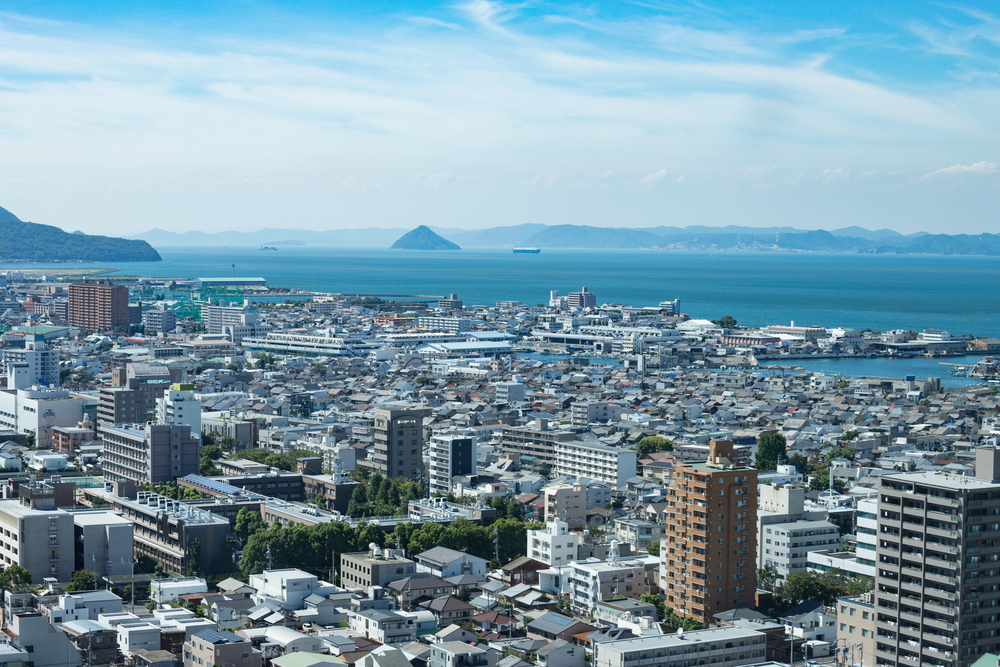Whether through video games, Netflix or Japanese books, escapism has always been a way to reset and take us away from the stresses of day-to-day life. Japan enthusiasts who are yearning to be inspired by armchair travel should look no further than literature inspired by real-life destinations. Or, if you’re in the midst of planning your next trip to Japan (whenever that will be), let these literary adventures make choosing a destination easier.
1. Tochigi (5 Centimeters Per Second, One More Side)
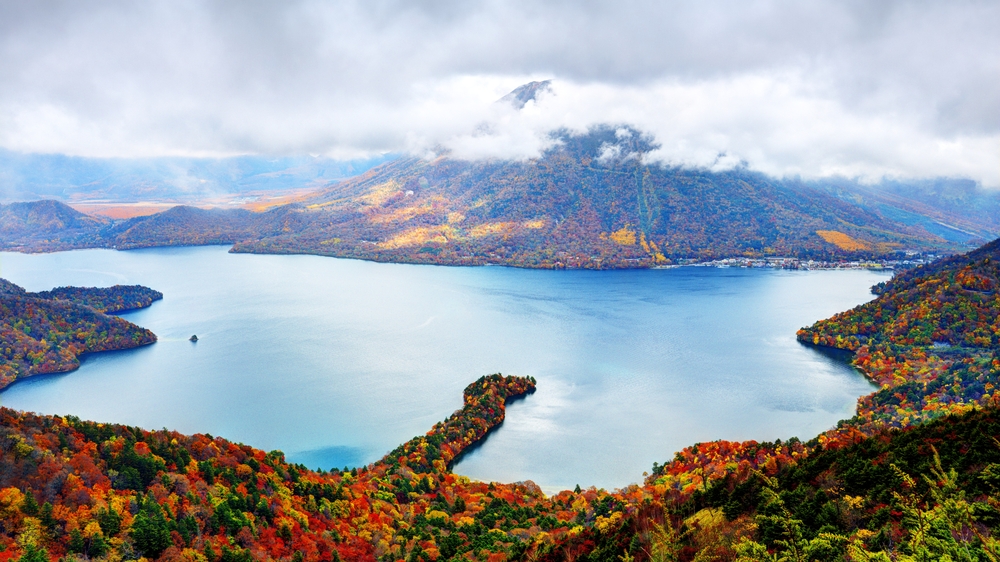
Written by Arata Kanoh and translated by Kristi Fernandez, 5 Centimeters Per Second, One More Side is based on Makoto Shinkai’s critically acclaimed movie. In the first chapter, “On Cherry Blossoms,” Kanoh decided to throw in a little twist. Unlike the film, it’s written from the perspective of Akari Shinohara, the protagonist’s girlfriend. The second chapter “Cosmonaut” then follows the movie by retelling the story from Takaki Tono’s viewpoint. The third chapter fasts forward to their adult lives.
The book takes place in various parts of Japan such as Kagoshima and Tokyo. The most iconic location, though, is probably Iwafune Station in Tochigi. This simple and unassuming destination is where Takaki and Akari met for the last time. As well as visiting the station, it’s also worth making a day trip to nearby Oyama. This is a particularly alluring city in spring when the cherry blossoms are in full bloom.
2. Kamakura (Kokoro)
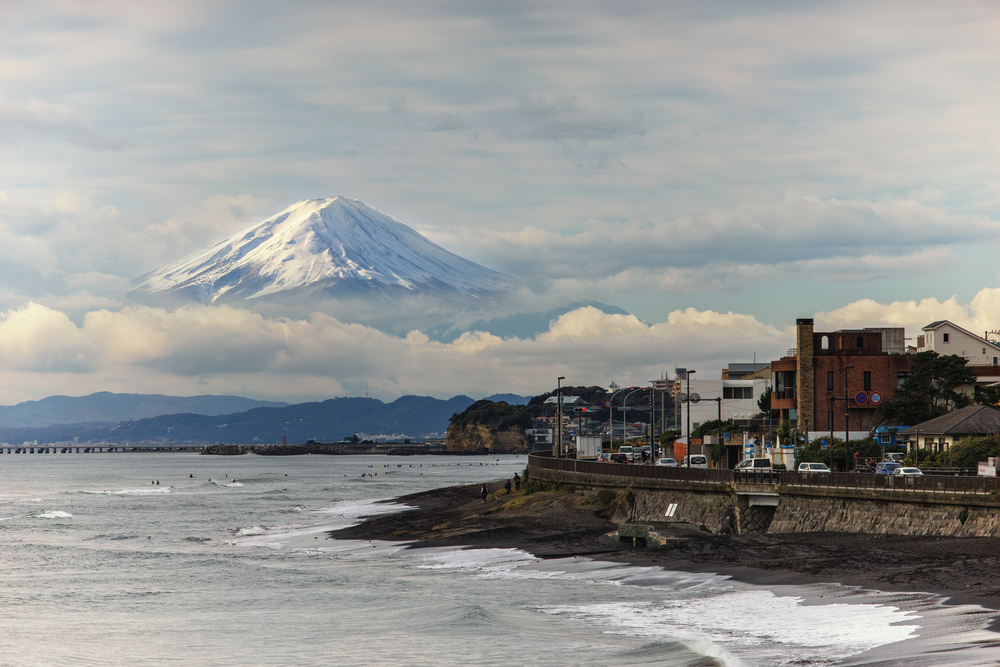
You can’t have a conversation on Japanese novels without including Soseki Natsume, one of the literary greats of this country. Of his works, Kokoro remains a standout with numerous translated iterations as well as several films and television shows. The story revolves around the narrator and his relationship with an older man he refers to as his sensei after a chance meeting by the sea. The book is a sensitive read that dives into matters of the heart, such as isolation, relationships and the contrasting perspectives between generations.
Kokoro is divided into different parts with the intro “Part I – Sensei and I” taking place in Kamakura. The way the novel opens is almost cinematic with hazy descriptions of grand villas juxtaposed against public booths and parasols. Kamakura itself certainly lives up to this dream-like image, especially in summer. Located just outside Tokyo, it’s perhaps most famously known for the large outdoor bronze statue of Amida Buddha. Beyond temples and religious monuments, you can follow the narrator and head for the briny blue of Yuigahama Beach. This is a great destination with many trendy cafes and restaurants.
3. Takamatsu (Kafka On The Shore)
Kafka on The Shore, translated by Philip Gabriel, is a Haruki Murakami novel that will keep you thinking long after you’ve put it down. The story follows Kafka, a 15-year-old boy who runs away from home in search of his mother and sister. Nakata, a gifted but illiterate man, also goes on an adventure. It begins with a lost cat and spirals into something much larger.
Most of the novel takes place in Takamatsu. This is a city located on the island of Shikoku in Kagawa prefecture. You can create your own adventure by checking out scenic spots such as the historical ruins of Takamatsu Castle. There’s also Ritsurin Park, a landscape garden constructed in the early Edo Period. Sanuki udon is the local specialty and is enjoyed by many due to its firm and chewy texture. It’s usually paired with either a cold dipping sauce or a hot broth filled with toppings.
4. Kyoto (The Temple of The Golden Pavilion)
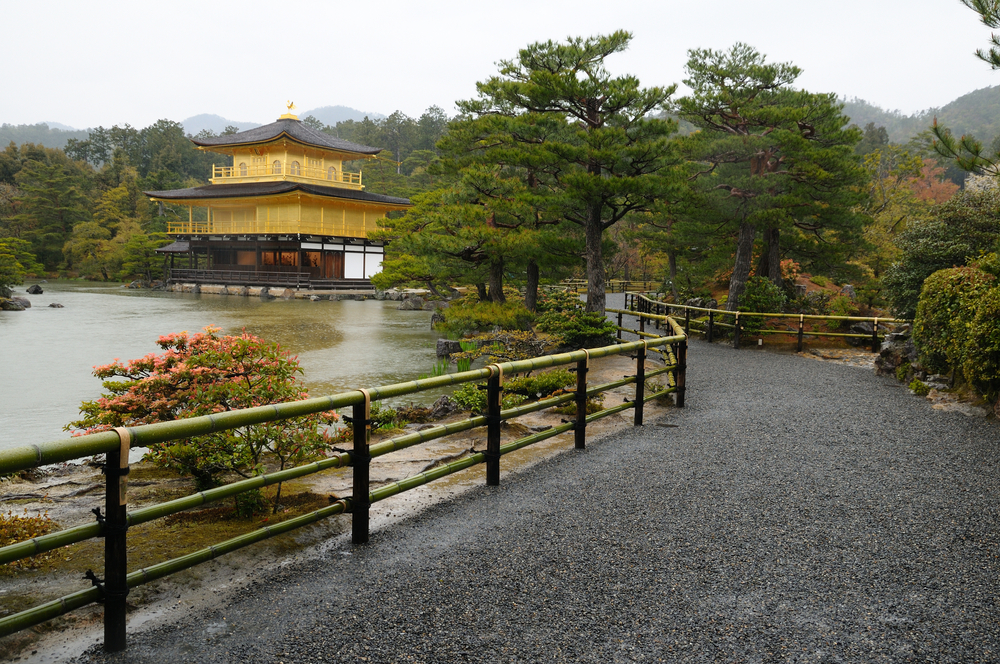
Yukio Mishima’s The Temple of the Golden Pavilion, translated by Ivan Morris, is one of the author’s most studied and controversial works. Loosely based on the burning of Kinkaku-ji in Kyoto by a young Buddhist acolyte, the story begins with Mizoguchi, an ostracized boy who develops an obsession with the Golden Pavilion. Twisted by this fascination, he’s never able to rid himself of thoughts on the aesthetic perfection of the temple. This irrational reverence turns to hatred and eventually leads to violence against the object he once loved.
Those intrigued by the novel can visit the rebuilt gold temple (Kinkaku-ji) in Kyoto. Overlooking a large pond, its top two floors are completely covered in gold leaf. Each floor represents a different architectural style from Shinden to Bukke, a testament to the rich lifestyles enjoyed by aristocrats during shogun Ashikaga Yoshimitsu’s era. One can also enjoy some tea and Japanese sweets at Sekkatei Teahouse which is located on the temple grounds. While you’re in the area, it’s worth visiting Nara and Osaka as well.
5. Sendai (A Tale For The Time Being)
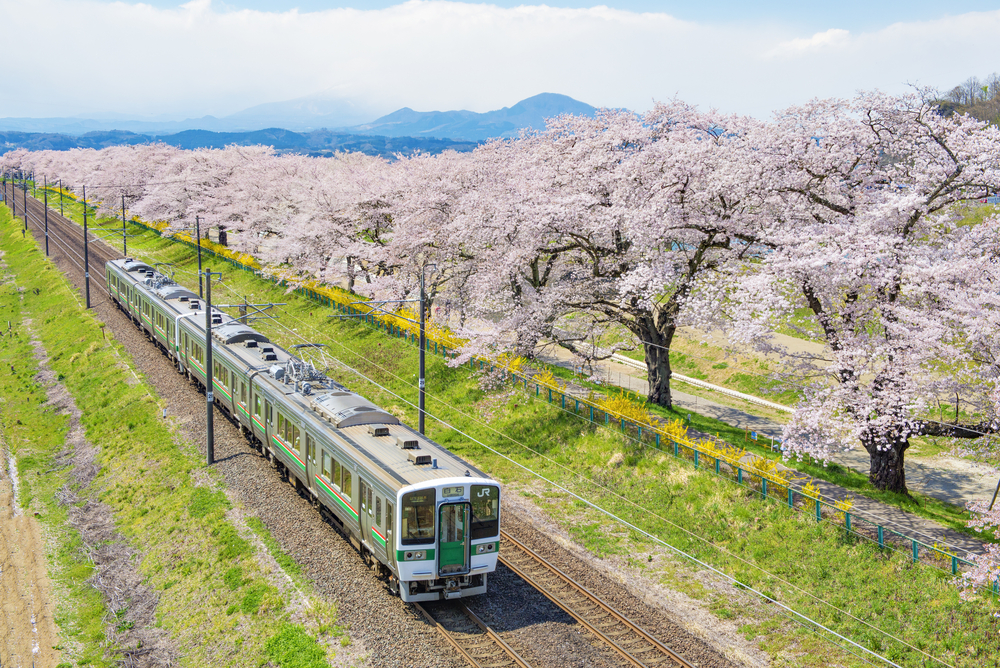
Second-generation Japanese American Nao is considering suicide. A native Californian who’s been uprooted after her father loses his job, her feelings of alienation in Tokyo are compounded by the dysfunctional nature of her unhappy home life. The only thing keeping her going is the diary she writes documenting the life of her great-grandmother, a 104-year-old Buddhist nun. Ruth, a novelist on a remote island off British Columbia, later discovers Nao’s diary in a lunchbox washed ashore after the 2011 Great East Japan Earthquake and Tsunami. Feeling isolated herself, she’s drawn to the girl’s writing and attempts to locate Nao.
The bulk of Ruth Ozeki’s A Tale for the Time Being takes place in Tokyo, but an important part of it occurs in Sendai. She travels to Miyagi prefecture’s capital to spend a summer with her great-grandmother Jiko. This is a turning point in Nao’s life as she learns spiritual concepts that help build her mental resilience. It’s also where she’s able to gain a better understanding of her family’s history. This includes its involvement in World War II. While the exact temple she spent time at is not referenced in the novel, one can experience the serenity of Sendai at Rinno-ji Temple, just north of the city’s downtown area. Within it lies a beautiful Japanese garden and a three-storied pagoda. If you’re in Sendai, make sure to stop and savor some Sendai beef tongue. After all, food cures everything.
For more TW recommendations, check out our recently released Miyagi Weekender here.
See more bookish content here:


